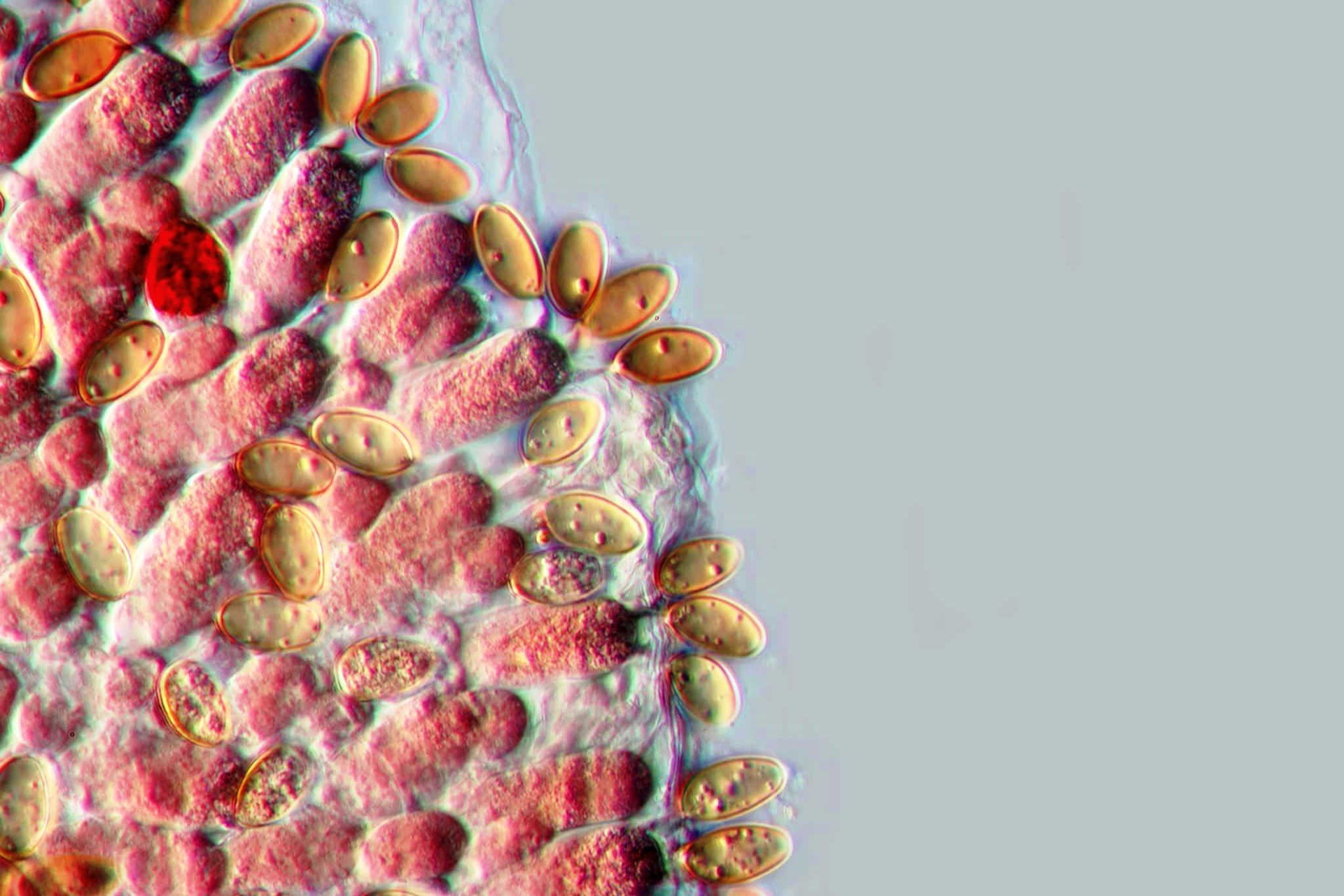Introduction
The world of fungi is vast and diverse, with an incredible array of species waiting to be discovered. When it comes to identifying fungi, a common misconception is that a microscope is always necessary. However, this couldn’t be further from the truth. In this article, we’ll explore the various methods for safely identifying fungi, highlighting that microscopes are just one tool in the mycologist’s arsenal.
Macroscopic Features
One of the key points to understand is that many fungi can be readily identified through macroscopic features, visible to the naked eye. While microscopes offer a closer look at the intricate details, it is not always a prerequisite for fungal identification.
Macroscopic features include various characteristics such as size, shape, color, texture, and the presence of distinctive markings. For instance, the vibrant red cap of an Amanita muscaria, or the unique coral-like appearance of Ramaria species, can be distinguishing features that allow for accurate identification without the need for a microscope.
The Importance of Learning Genus and Species Characteristics
To become proficient in fungal identification, it is crucial to first familiarize oneself with the general characteristics of different fungal genera and species. This foundational knowledge serves as a compass in the vast realm of mycology.
Understanding genus characteristics provides valuable insights into the overall appearance and habits of fungi within a particular group. For example, Agaricus species often have gills beneath their caps, while morels are characterized by their distinctive honeycomb-like caps.
Moving further, delving into species-specific traits allows for even finer discrimination. Learning to differentiate between closely related species within a genus can be challenging but rewarding. This knowledge is often the key to accurate identification.

The Role of Microscopy
While macroscopic features are immensely helpful, microscopy becomes indispensable when dealing with fungi that share strikingly similar appearances. For instance, certain genera may include mushrooms that, to the naked eye, seem nearly identical. Microscopy allows for a closer examination of spores, gill structures, and other microscopic features that can be the deciding factors in distinguishing between these look-alike species.
Conclusion
In conclusion, the notion that a microscope is always needed for identifying fungi is a misconception. Many fungi can be confidently identified based on their macroscopic features alone. However, to truly excel in the field of mycology and differentiate between closely related species, a microscope becomes an invaluable tool.
Beginners and enthusiasts alike should start by mastering the general characteristics of different fungal genera and then progress to species-specific traits. With this knowledge as a foundation, the world of fungi opens up, revealing its intricate and captivating diversity. So, whether you’re captivated by the allure of red mushrooms, intrigued by crack mushrooms, or fascinated by coral-like forms, remember that in the world of fungi, both the macroscopic and microscopic worlds hold the keys to identification.



